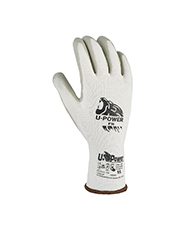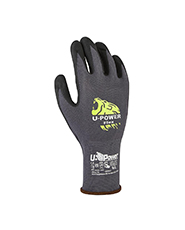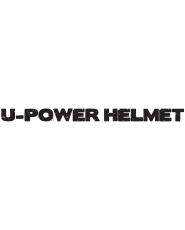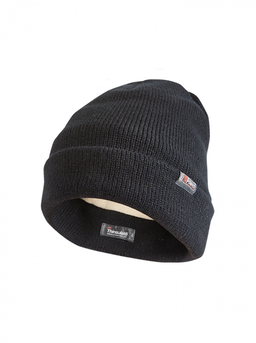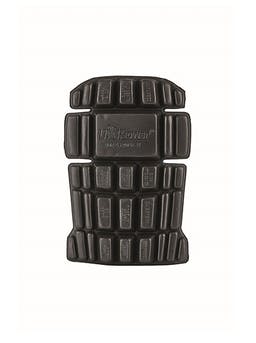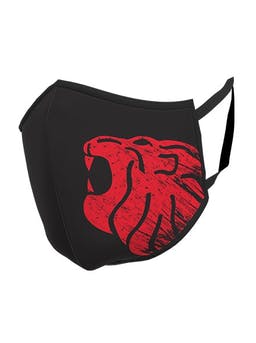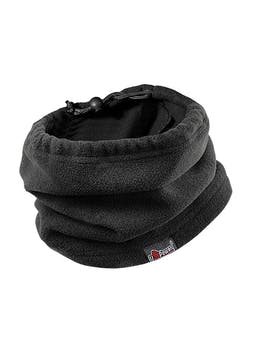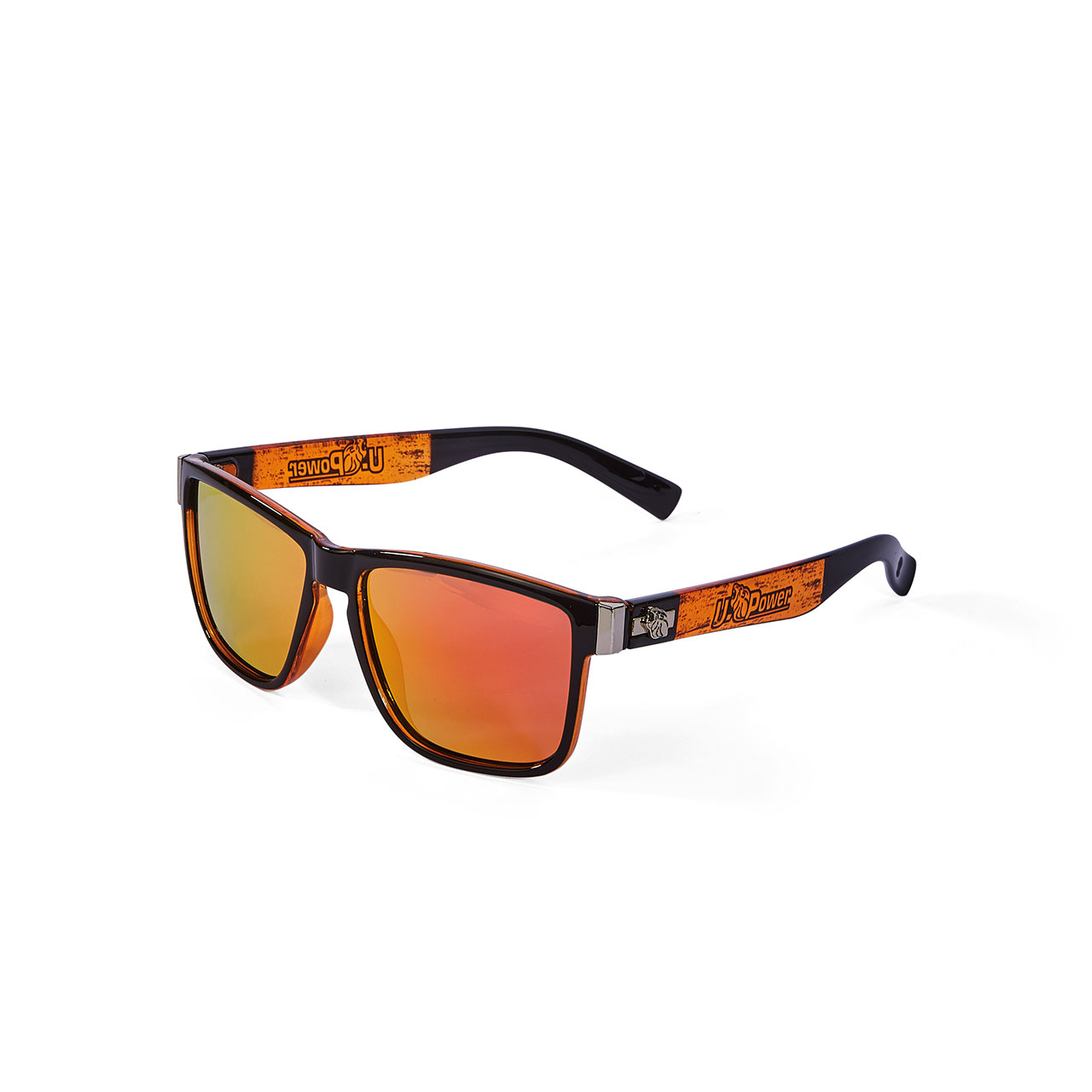SAFETY SHOES FOR WORK: HOW ARE THEY MADE?
SAFETY FOOTWEAR: FROM CONCEPTION, TO PROTOTYPING UP TO ARRIVING AT THE DEALER
Every worker who needs to wear safety shoes is used to going to a store and looking for that particular style of safety footwear which best meets his or her needs by looking at the design, the weight, certain characteristics, the protection standard, etc.
But what lies hidden behind a pair of safety shoes? How does a style come about? And why is one particular technology used rather than another?
In this article, we’ll reveal all the secrets regarding how safety shoes are made.
Continue reading to find out more!
Not all safety shoes are the same, you know. It’s not just about the protection standards, but also the materials and the advanced technologies used.
Each component has a specific function, but the same component can come in many different ways. Therefore, a toe cap can be made in stainless steel, in aluminium or in a composite material and, in the same way, the sole, upper and anti-puncture system too can have different characteristics.
Every style of safety footwear, however, goes through the same process which begins with conception, to prototyping, to testing the safety requirements up to production and then shipping to the dealer, ready to be purchased by the consumer.
Let’s take a look at how safety shoes are made!
- SAFETY SHOES: THE CONCEPTUALISATION PROCESS
- SAFETY SHOES: THE ESSENTIAL COMPONENTS
- SAFETY SHOES: ADVANCED TECHNOLOGIES AND SAFETY
Read the article to find out how safety shoes are made.
SAFETY SHOES: THE CONCEPTUALISATION PROCESS
Let’s start with a premise: safety shoes are personal protective equipment governed by very specific regulations which set out the basic, fundamental requirements. These requirements are essential and subject to various verification tests which certify safety and protection.
However, beyond the essential requirements, styles of safety footwear can differ based on the characteristics of the materials used, the internal components, the lacing system, and any other advanced technologies used.
Creating safety footwear starts with the consumer’s needs, which are determined through careful market analysis, and these needs go through a Research and Development process to identify the best, most appropriate way to meet them.
In other cases, though, the opposite happens, when, for example, new technology is created to meet a certain need within a specific area, but foresight leads to the understanding that the same technology can also be useful in other sectors. One real example is the Infinergy® system which, developed for running, has literally revolutionised the world of safety footwear, guaranteeing workers a return of over 55% of the energy expended with each step.
The adoption of the Infinergy® system in a line of safety footwear – the first was Red Lion – has brought U-Power to the position of market leader; a position subsequently confirmed not only in Italy but across Europe, thanks to the constant attention to consumer needs and a timely response to the needs of workers.
Hence, when a new range of safety shoes is conceived, the Research and Development sector has the objective of providing a response to a need. And this is where innovative materials are created to produce ultralight safety footwear, shoes that can revitalise areas subject to stress, or that can improve the comfort of those who have to work long hours in a static position.
The response to the need is then transformed from conceptual design and prototyping, until the desired result is obtained.
The prototype is tested repeatedly until the levels of safety, comfort, and performance - as established in order to pass to actual production and distribution on the market - are achieved.
Now let’s see which components go towards making a safety shoe.
SAFETY SHOES: THE ESSENTIAL COMPONENTS
What are the essential components which differentiate everyday shoes from safety shoes?
We divide footwear into three essential parts: the upper, the lower part, and the inside of the shoe.
THE UPPER OF A SAFETY SHOE, CLOSURE SYSTEM, AND PROTECTIVE ELEMENTS
The upper part of the footwear consists of the upper which can vary based on the material and characteristics of waterproofing, lightness, and breathability. Resistance to humidity, dampness and water is one of the parameters which define the protection standards and, therefore, it is essential for the worker’s safety.
Materials can vary significantly, from the traditional leather (full grain leather, Pull-up leather, etc.), to Nabuk leather and suede to lighter, more breathable materials such as nylon, Airnet® - ideal in summer! – or to technologically advanced materials which meet specific needs, such as Putek Plus - a light material with outstanding water-repellent characteristics and highly resistant to abrasion – or Gore Tex, known throughout the world for its waterproof ability; or recycled and eco-sustainable microfibre, suede microfibre and Putek Spider Repet.
All these materials must, though, meet certain common criteria:
- Water resistance.
- Breathability.
- Weight.
- Be hard wearing.
- Neatness.
Without forgetting the lacing system which offers the worker the opportunity to choose between many different options: shoes without laces, with laces, with Boa® system, with quick release, etc.
SOLE, TREAD, AND PROPERTIES REQUIRED IN SAFETY SHOES
The sole is one of the most important parts for worker safety because the grip guarantees stability and reduces the risk of an accident.
Generally speaking, it is made in compact polyurethane (PU), but it can be made in other materials or in addition to other materials, depending on the characteristics the shoe needs to have. In the Red Leve range – the range of ultra-light safety shoes – a new generation material is used which reduces the overall weight of the footwear.
In other cases – such as, for example, for a welder’s shoes– nitrile rubber or Vibram with zero conduction is used in order to keep the foot at a normal temperature, even when the heat of the ground can reach very high temperatures. Or, vice versa, the sole can have specific protection (recognised by the initials “CI”) against low temperatures, perfect for people who work in predominantly cold conditions.
Even the grooves on the sole vary according to how the safety footwear will be used in order to meet the use needs and the demands of the surfaces on which the shoe will be used.
Finally, specific technologies can be used to increase grip, such as the Shield technology used in the Red 360 range, a waterproof, breathable heel seat lining which increases and improves the stability of the posture, ensuring better balance.
In any case, the sole needs to guarantee certain anti-slip, anti-abrasion, oil resistant and anti-static properties.
TOE CAP, ANTI-PUNCTURE SYSTEM, LINING, INSOLE
The toe cap is the part of the safety shoe which protects the front of the foot from anything heavy accidentally falling onto it and it protects against the risk of injury.
The toe cap is subject to strict integrity tests, but the material used to make it can significantly affect the weight of the footwear and its comfort. The traditional steel toe cap, for example, is heavier than an aluminium or a composite toe cap, yet they can withstand heavier weights than the required safety standards.
Obviously, if there is no real risk of something heavy falling, it is more convenient – in terms of lightness and comfort – to wear shoes with an aluminium or composite toe cap. Also because the composite version contains no metal and, therefore, does not conduct electricity and does not activate metal detectors and so is ideal for everyone who works in security, in courtrooms or in airports.
Staying on the subject of protection, the anti-puncture system – when foreseen and required by the type of work being done – is essential. It consists of an internal insert, placed between the sole and the insole which prevents any sharp object, like a nail or splinter, from reaching and injuring the foot.
In this case too, the material can be steel or fabric. The steel layer, though, beyond being metal and, therefore, a conductor and heavier, covers just 85% of the surface of the foot, whilst in the case of the fabric insoles, Save & Flex Plus, Save & Flex Plus Green and Save & Flex Air, protection is guaranteed across the entire surface of the foot because it is stitched directly onto the upper.
The lining and the insole are no less important for the worker because they guarantee the wearer comfort and healthy feet.
U-Power uses the WingTex air tunnel lining in its safety footwear which guarantees high breathability thanks to its micro-cells which absorb and disperse moisture, whilst the insole varies according to the style in order to meet the specific characteristics of comfort and healthy feet. They can be made in various materials such as leather, EVA, a soft compound, in gel, in recycled, eco-sustainable materials or they can have anti-fatigue properties.
SAFETY SHOES: ADVANCED TECHNOLOGIES AND SAFETY
Advanced technologies can be added to safety shoes and these technologies have the objective of improving the shoe’s performance with a view to preventing any risks of muscular-skeletal disorders and increasing the worker’s comfort.
Often, these technologies are applied with an insert, like the Infinergy® system which we have already talked about and which ensures energy is returned when moving or walking.
In U-Power’s safety shoe ranges, you can find various technologies used, including:
Able to relieve the sense of tiredness in the legs, lower back pain, joint pain, and neck pain, and to reactivate blood flow, revitalising areas subject to stress.
With High Rebound technology, which ensures over 40% of the energy expended is returned across the entire surface of the foot, even under static working conditions, reducing the sense of tiredness and fatigue due to posture or work performance.
But there are numerous other ways or techniques to improve comfort and worker safety:
- Quick lacing systems like the Boa® Fit System.
- Stressout System, the tongue designed to avoid rubbing stress on the instep.
- Putek Plus
The fabric with Hypertex System used for the upper which resists well over 950,000 cycles more compared to the best available fabric on the market, guaranteeing outstanding resistance, durability, and extreme lightness.
In conclusion, we can say that, although safety shoes have to meet certain essential requirements in terms of protection and safety, what makes the difference between one shoe and another is given by the quality of the materials and the technologies used.
Safety and comfort generate peace of mind when working, leading to better concentration and overall well-being.
U-Power: Quality, Technology, and Innovation.
If you want to deepen the subject and want more information, do not hesitate to contact us using the form below. Our technical staff will be happy to answer to your questions as soon as possible.
You ask, U-POWER, answer!





























































